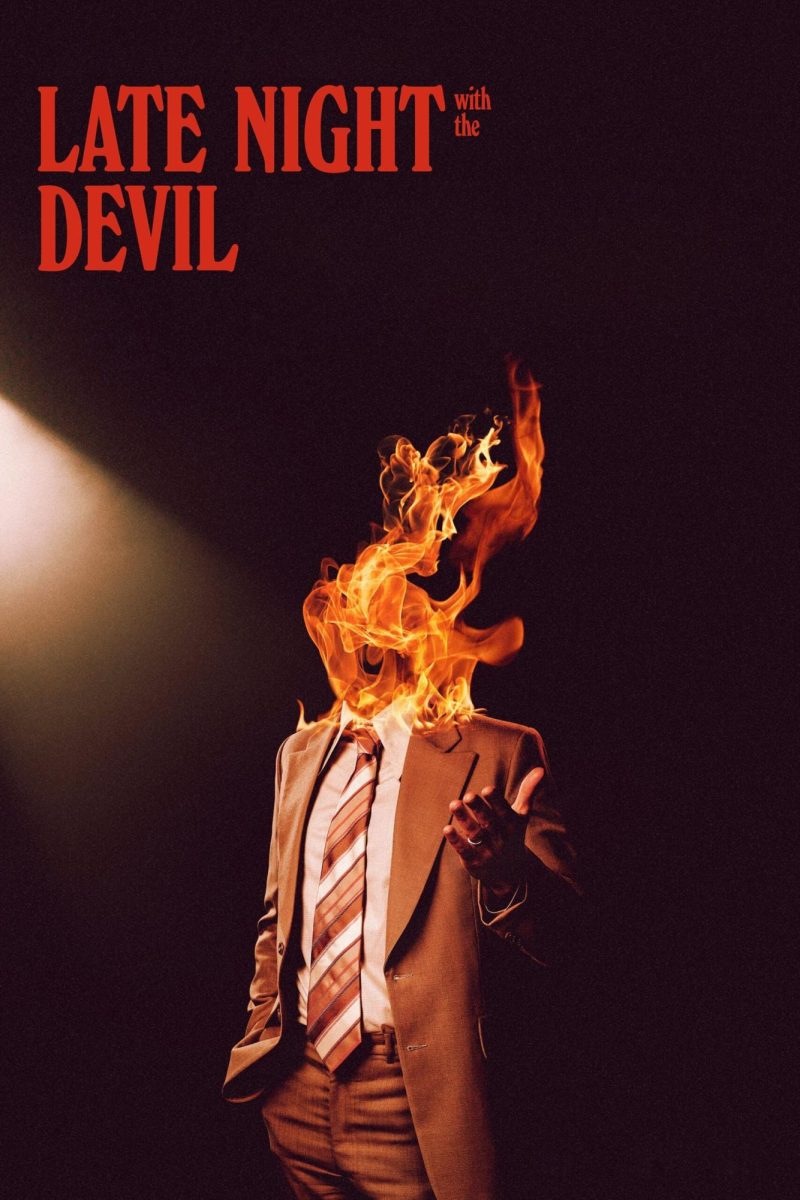The other woman. We all know and hate her. An Angelina-esque home-wrecker has an ambiguous presence in director Tim Burton’s (Edward Scissorhands, The Nightmare Before Christmas) newest claymation marvel Corpse Bride. In this unconventional tale of true love transcending worlds above and below ground, protagonist Victor Von Dort (voiced by none other than the contemporary expatriate himself, Johnny Depp) finds himself in a tight situation in which he is forced to make a matrimonial decision between his new love on Earth and another, less-than-lively woman due to a series of unfortunate events. Other universal premises re-examined in the monster convention of Corpse Bride include true love, the concept of eternity and sacrifice, as well as social class commentary, all in an air of a German Expressionistic and whimsical cloud. At the rehearsal of an arranged marriage between Victor and Victoria (Emily Watson), the two unexpectedly fall in love by means of an eerie piano tune that sparks the lover-yearning-to-be-free in both parties. The awkward and fumbling Victor, then so in love with Victoria that he cannot concentrate enough to recite his vows correctly, accidentally marries a corpse in the graveyard where he rehearses his wedding vows. Leaving his fiancee behind, he is forced to plunge headfirst into the seemingly Fauvist underworld where the booze runs a-plenty and the party never ends. Stylistically, Burton creates an ironic distinction between these two worlds, portraying life above ground in a graying and somber variety and death below ground in a colorful and vibrant array of light and life. While the surface story of Victor Von Dort’s dilemma seems no more than a wading pool of cinematic substance, the underlying age-old themes of love and fate are at least touched upon several times in the subtlest of methods. In a defining moment of characterization in the film, the corpse bride Emily (Helena Bonham Carter) captures the hearts of the audience with her song of sincerest wishes to get married, especially in the wake of her unexpected death. Those woes of hers-the uninterested husband, the “other woman,” whose winning characteristics evidently make her “better” than the corpse bride, the ‘Hell hath no fury like that of a woman,” Euripides’ Medea-like complex all give Emily humanistic qualities that surpass her heartbeat’s physical state, and surely allow females to relate to her sorrow. Accordingly, the Angelinas of the world serve no greater purpose in this life than to ruin other peoples’ lives and foster their respective sorrows. Like the elusive butterflies in the opening frames of the film and the metamorphoses of them in the final frames as well as the traces of allusions to a Shakespearean Romeo and Juliet forbidden love and a Hamlet-influenced, tragically unintentional and self-inflicted death, the film as a whole only unclearly hints at a concrete idea behind its story. The attempt to tackle such widely dispersed themes of love and death in such a minimalist fashion is rarely executed effectively. Corpse Bride proves itself visually stunning, yet ultimately lacking in overall significance. Corpse Bride is worth a viewing, as long as the expectation of an achievement less than that of Big Fish or Charlie and the Chocolate Factory is maintained. And if you don’t see it, you’ll live.






